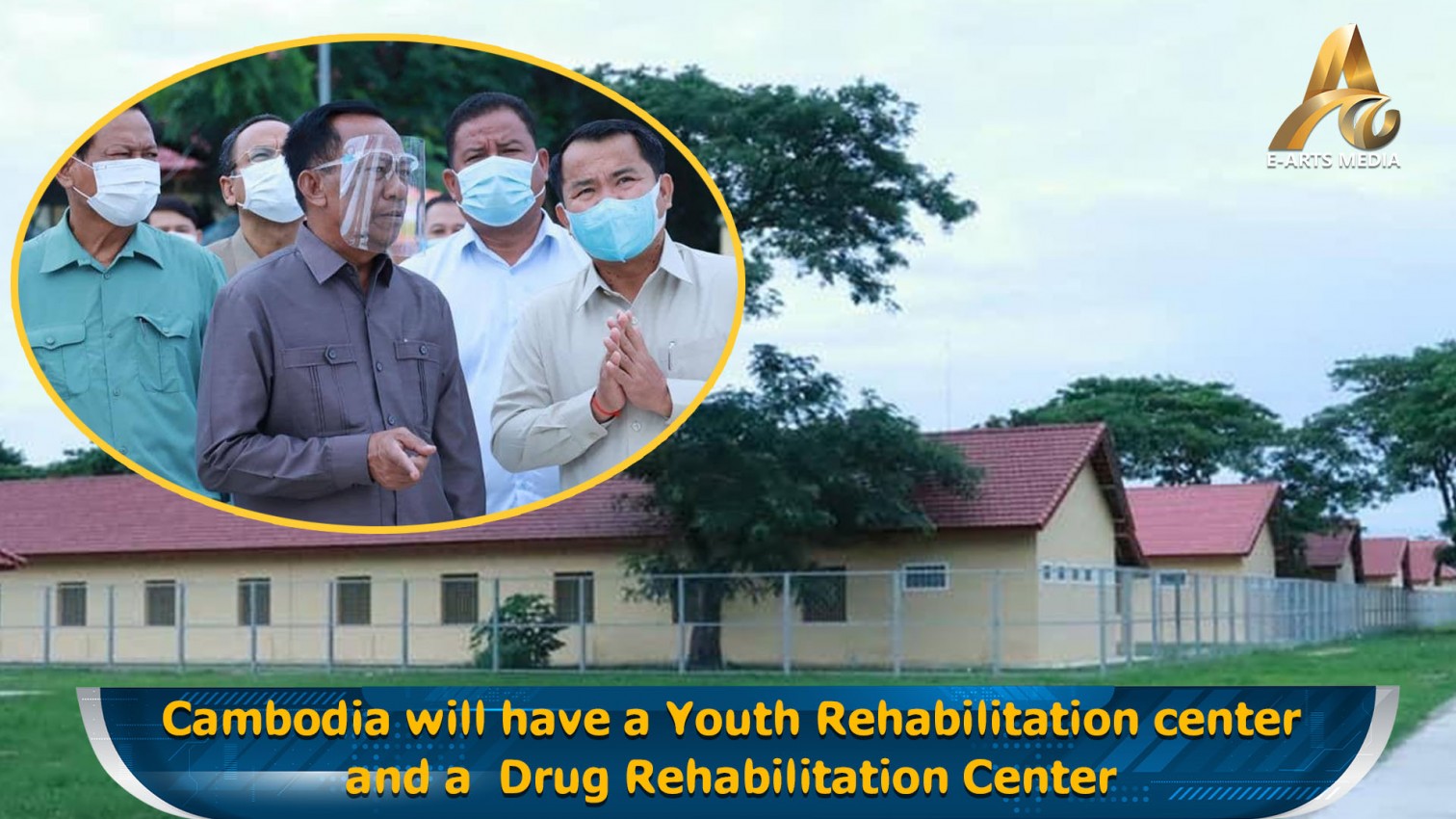PHNOM PENH, May 27, 2024 — The APSARA National Authority is bolstering flood protection and promoting local flora with the strategic planting of palm trees and other resilient species around dams and reservoirs.
These plants, chosen for their tolerance of wet conditions, are crucial for safeguarding the integrity of ancient and modern dams, as well as the vast baray water storage systems, according to Nhem Raksmey, a technical officer with APSARA's water management department.
"They're easy to maintain and can survive underwater for extended periods," Raksmey explained. "Palm trees, for instance, thrive near water and can withstand submergence for up to six months or more."
Nearly 2,000 trees planted near the Ta Som water gate by APSARA are now between five and ten years old, showcasing the project's success. Beyond flood control, these trees offer additional benefits to the surrounding communities.
Species like the Reang, Sdao, and Tamarind can be used as vegetables, sold at local markets, or even incorporated into traditional medicine. The initiative also promotes the preservation of palm trees, designated as national representative plants.
A dedicated nursery, the Kraing Krouch Nursery Station, serves as the central hub for cultivating these diverse plant varieties. Since 2014, APSARA has planted a staggering 30,000 trees and 5,000 palm trees, with Angkor Park alone receiving nearly 30,000 saplings in 2023. This ongoing effort adds to the over 2 million trees planted by APSARA since 2004.
This revised version condenses the information to under two minutes while maintaining a professional AP style. It eliminates unnecessary phrases and focuses on the key points of the project: environmental protection, community benefits, and plant conservation.



























